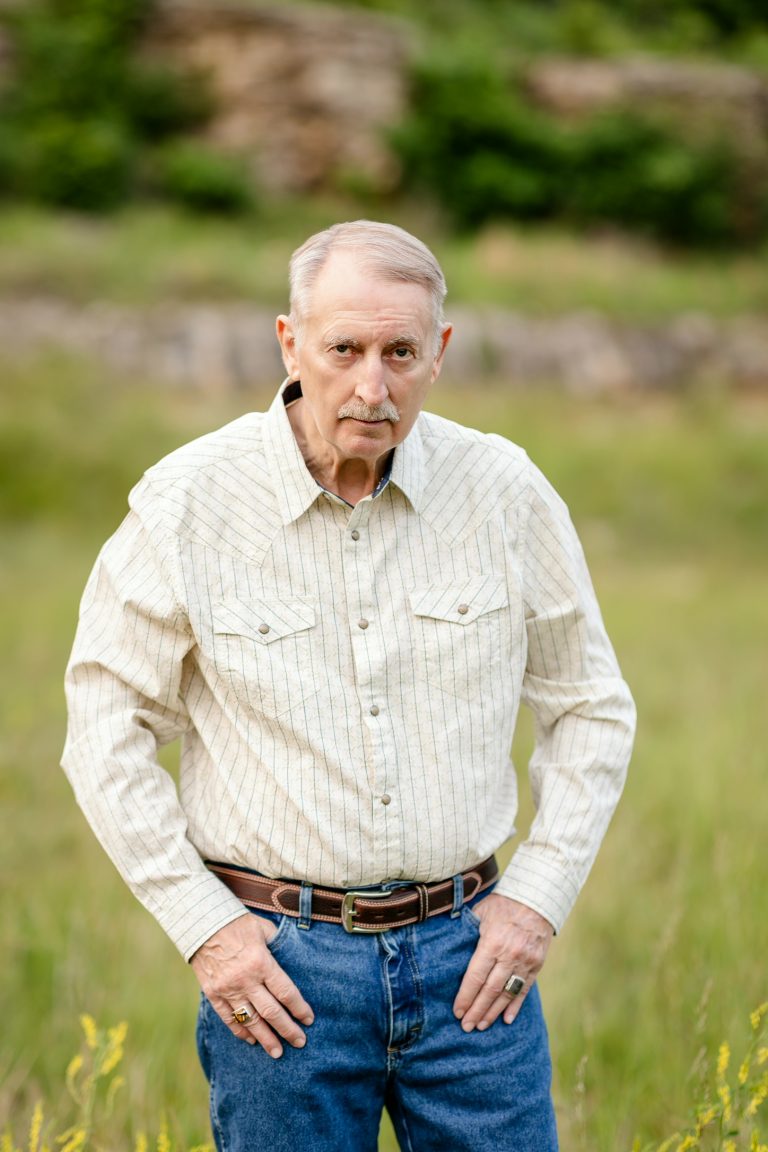
History of Marketing: Presidential Campaigns

In November, Americans will head to the polls to select their leader for the next four years. Before then, we’ll see more marketing campaigns than we can imagine. In fact, many of them have been going on for a few months as members of the Republican party jostle for their party’s nomination.
People have been trying to be elected to the office of President since George Washington, and how they’ve gone about spreading their message has evolved along with marketing. In the late 1700’s and early 1800’s print was the only method to market themselves. Flyers in towns and, more importantly, stories written in newspapers, helped spread each candidate’s message.
In the 20th Century, things began to evolve quickly. First with radio broadcasting debates; making the campaigns happen in real time for the first time. That was a true seminal moment. The next evolution in presidential campaigns was the famous Nixon/Kennedy debates in 1960. Because Nixon did not take the power of television as seriously as Kennedy, JFK gained a significant advantage over his opponent. After that, all candidates placed a great deal of emphasis on the medium of television.
We experienced a marketing tipping point much like that in 2008 when Barack Obama leveraged the Internet to his favor, creating one of the largest grassroots efforts in the history of politics. Up to 2008, the Internet was not viewed as a medium that could truly influence a presidential election; much like television was viewed by candidates before 1960. Think about the campaign we’re in the midst of now. How many of the candidates have a Twitter feed? A Facebook page? An active website? All of them. How do you think the election will be affected by the Internet?







